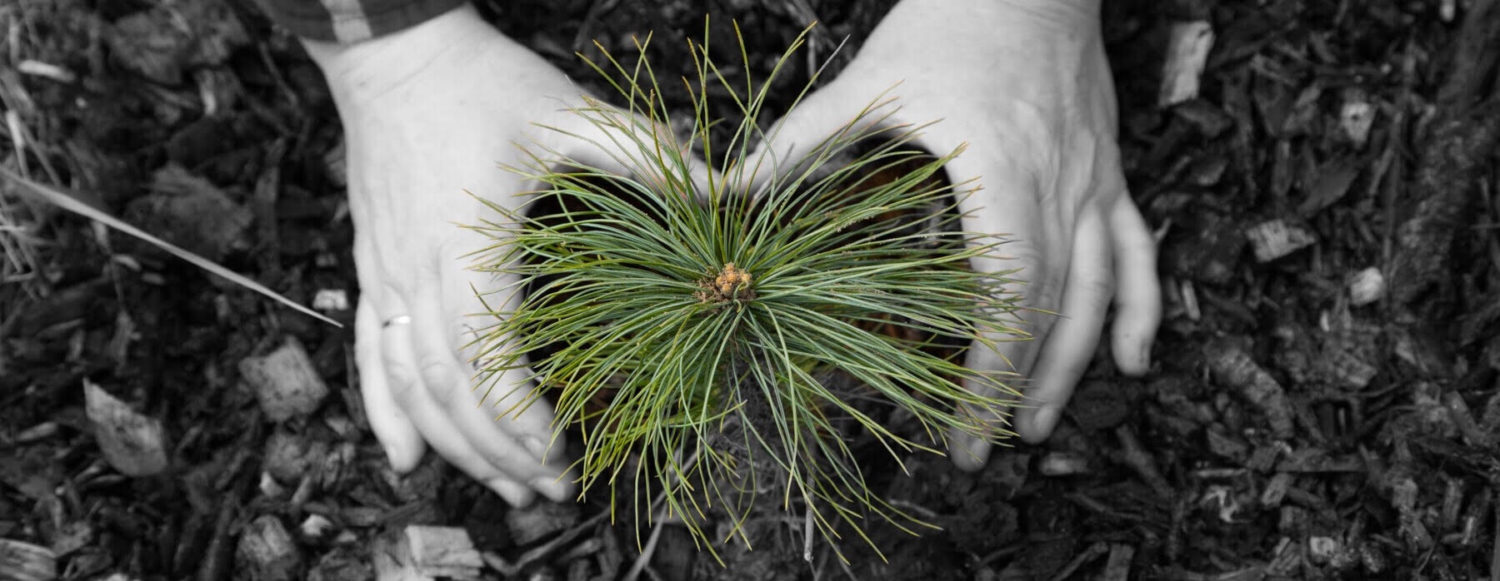“Fate succumbs many a species: one alone jeopardizes itself.” – Auden
The story of plastics hasn’t always been so negative. When the first truly synthetic plastic ever created was in 1907, it provided the human race with a material that was extremely light, durable and inexpensive to create. It was going to help humans and nature alike by reducing the stress placed on natural resources and lessen the class divide by creating more attainable material wealth. Just over 100 years have passed since its inception and although it has delivered, these perceived benefits have come at a tremendous cost. With technology forever advancing at an exponential rate, it would be prudent to recognize this hubris when creating new materials simply because ‘we can’.
Over 8,300 million tonnes of plastic have been produced since 1907 and only 20% has been recycled in that time¹. Five trillion pieces of it end up in the ocean every year. This is a human-generated catastrophic environmental event that has occurred at an unprecedented rate. So what can we do? It’s time for every plastic consuming citizen to take responsibility for their share of the problem and implement strategies to wean off this destructive material.
Reduce
Like many complicated issues, there is no ‘one final solution’ for ridding ourselves of plastic waste. However, one of the most individually powerful methods is to reduce your use. It is also least popular from a commercial or political standpoint because deters people from consuming and is therefore not a source of profit. Because of this, many companies focused on creating solutions are ignoring this most obvious one. Plastic pollution is not going to be solved by some revolutionary technology or plastic-eating bacteria. The onus is on us, the consumer, to reduce the demand for plastics in our everyday lives.
About 40% of plastic is created for packaging purposes¹. As stated in a previous post, much of this comes from our food and beverage intake, but also from household cleaning and hygienic items such as paper towels and shampoo bottles. Simple solutions without changing your lifestyle include ditching straws and plastic bottles, swapping out paper towel for reusable cloths, and using glass containers or other alternatives to plastic wrap.
Reducing doesn’t necessarily have to mean buying less, but buying differently. Companies like Lush have an amazing variety of zero-waste products for all of your hygienic needs. Instead of buying online or from big-box retailers, buy local. You can also go to local farmer’s markets like the one on Collier Street in Barrie every Saturday from 8 a.m. – noon (and bring some reusable bags!) to get all of your produce. Once you assess the sources of plastic in your life, finding alternatives isn’t as hard as you think.
Here are a few resources on how to convert to a zero-waste life:
Reuse
Reusing seems to be somewhat of a lost concept to those in developed countries, but it is a way of life in developing countries. ‘Throw it out and buy a new one’ is a credo that comes from a life of abundance. What if we changed our philosophy? Before throwing out any item, pretend that a new product will never be created. What other uses might you have for that bottle or container? This can apply to materials beyond plastic. Here are some creative reusable solutions:
Gardening (vertical or otherwise):

Construction

Art
Household Items
Reusing plastic like this prevents you from ever disposing of a single container.
Recycling
Although it’s usually our first and main priority, recycling plastics should be the worst case scenario. We put our plastic in blue bins, feel good and forget about it. Rarely do we consider where these items end up or at what cost. Even though about 50% of plastic bottle containers are recycled worldwide, only 7 percent are used in the production of new bottles. What’s worse, this type of plastic (polyethylene terephthalate, or PET) has the best track record for plastic recycling. The truth is, waste plastic is essentially worthless. In many cases, it is simply cheaper to produce a new bottle.¹ The recycling process is expensive and complicated. With developed countries like Canada and the U.S. are struggling with finding a place for their recycled plastics, how can we expect developing countries to recycle efficiently with a fraction of the infrastructure?
World industry relies on and will continue to rely on plastic. This means that the current recycling system needs an upheaval. In an ideal world, we create an accessible closed loop system where all plastic is 100% compostable and recyclable and new products are created from those already in existence. Until then, initiatives like bottle-deposits seen in the UK, Australia, and many European nations are attempting to make recycling profitable and hold polluters accountable. Recycling will ultimately be the most wide-spread and best solution to the plastic crisis. But until it becomes more feasible the onus is on all of us to reduce our plastic consumption and reuse it to the best of our abilities before it enters the landfill or blue bin.
¹’How To Solve A Problem Like Plastics’: New Scientist





